When it comes to our furry friends, there are happy times and then there are crappy times, and sometimes the latter can be quite a mess. Dealing with dog poop isn’t something out of the ordinary for dog owners. But what may come as a surprise is an odd change in the color of the stool. Yellow dog poop, in particular, is one of the most irregularities you may come across, and it often signals an underlying problem with your dog - be it a minor issue or something more serious. In any case, it’s always a good idea to keep a close eye on the color of your pup’s waste.
Not sure what to do when the poop turns yellow? Keep reading to find out all you need to know about yellow dog poop, from what it might mean to how you can treat it.
Why is my dog’s poop yellow?
Food and overall diet
Just like many of us, dogs take time to adjust to sudden changes in their diet. If you’ve recently introduced new food or treats to your dog, chances are its body might need a little extra time to start tolerating it - even if Fido actually loves it. Yellow dog poop after changing food could easily mean that your pooch is taking its time to adjust to the new food.
Unless the situation goes on for more than a couple of days, you have no cause for concern. If the yellow, diarrhea-like poop lasts longer than normal, however, you may want to go back to the previous brand of dog food or get rid of that new pack of treats.
Digestion problems
You might notice yellow dog poop after a chicken and rice meal. Yellow dog poop after eating a bone is also possible. This is usually the result of indigestion. Even the smallest change in diet may cause your four-legged friend's body to try and get rid of it as fast as possible, causing an upset stomach and diarrhea. The next time your dog has yellow diarrhea, it might be safe to assume that its body was in such a rush to get rid of all the unfamiliar food that it couldn’t properly process the stool.
Infection
Is it possible that Fido has found a way into your cabinet and tried some of your own snacks? Or have you introduced anything new to its diet? If not yet you notice yellow dog poop with mucus, you might be looking into a somewhat more serious problem. A bacterial infection or a parasite in your pup's intestine or digestive tract can be causing diarrhea. If the issue persists, a visit to the vet will help you understand the meaning behind the yellow dog poop and will get your canine companion feeling better in no time.
Foreign materials
Besides gobbling up any type of food they can get their paws on, many dogs have the habit of chewing and swallowing objects they aren’t supposed to eat. This can be anything from toys to socks. If any of the materials that ended up in their tummies contain yellow dye or yellow fabric, chances are your dog’s business will look yellowish or at least contain yellow patches. Should you notice your dog’s poop is yellow, take a look around your house and see which yellow item is missing a piece.
Other illnesses
Liver problems, pancreatitis, and gallbladder issues are all known to cause yellow dog poop. Other symptoms may include behavioral and physical changes in your dog. This can range from eye and skin discoloration in the case of liver and gallbladder problems, to lack of appetite and depression in the case of pancreatitis. If you see yellow liquid dog poop along with any of these signs, a trip to the vet will help in getting your doggo on a swift road to recovery.
Dog poop color variations and meanings
Did you know that you can tell quite a lot about your dog’s well-being based on the color of their droppings? Knowing what each color of poop indicates can help you make informed guesses. Here’s a quick rundown of every possible turd color you might see and what to expect from it.

Brown dog poop
Is your dog’s poop a solid brown? Congratulations, you’ve got yourself a healthy and happy pooch. As long as the droppings are a regular shade of brown, you should have no reason to worry. The peace of mind that comes from seeing that brown color makes looking at your dog’s poop worthwhile.
Yellow dog poop
Whether you’re looking at bright yellow dog poop, mustard yellow dog poop, or yellow spots in your dog’s poop, the conclusion is the same. Regardless of the shade, yellow dog poop points to an underlying issue. The problem can range anywhere from an upset stomach to pancreatitis and gallbladder problems. If the problem persists or is accompanied by other symptoms in Fido, a visit to the vet can clear things up.
Green dog poop
If you’ve ever found yourself yelling “Fido, stay away from the salad” one too many times, this “outcome” (pun intended) shouldn’t surprise you. Your dog’s poop is green because of all the grass or veggies he’s probably been munching on. While this is almost always the case with green dog poop, other possible culprits might be liver problems, poison, and parasites. If your dog’s poop has green mucus and doesn’t get back to normal in a short time, and you notice that your furry friend is restless or even vomiting, your best bet is a trip to the vet.
Black dog poop
Black dog poop almost always indicates a problem. In most cases, very dark-colored droppings can be traced to an ulcer or perhaps even internal bleeding. The black color means that blood has been sitting in the digestive tract for a while and had time to darken. Black dog stool, accompanied by weight loss and vomiting is serious cause for concern, and warrants immediate veterinary help.
Orange dog poop
Much like yellow dog poop, orange poop means your pooch is having digestive problems. It’s likely that your dog’s digestive system is getting rid of digested food prematurely before the bile gets a chance to give it its healthy brown color. This also may indicate a liver or biliary problem, so keep an eye out and don’t hesitate to consult with the vet.
Red dog poop
Red poop - whether it’s light in color, has a dark shade, or is just regular poop but with red spots - could be due to various reasons. The cause can be as simple as a cut on the dog’s anus or a more serious problem like colitis, anal gland infection, rectal injury, or a tumor. In any case, an immediate visit to the vet may be necessary.
Gray or white dog poop
Gray or white dog poop can indicate one of a few health issues. You might be looking at a parasitic infection or pancreatic problems. It can also be a side effect of a new medication or a high-calcium diet. If your dog’s droppings happen to be gray or white for quite some time, see if you can adjust its diet - or cut back on its medication if possible. When in doubt, call the vet.
Brown dog poop with white specks
Brown dog poop with white specks that look like rice can only mean one thing: tapeworms. The minute you see white specks in Fido’s number two, give the vet a call. Your vet will recommend suitable medications or products that rid your furry friend of the pesky parasites.
How to treat yellow dog poop
Fasting the dog for 12 to 24 hours
As difficult as it might be, having Fido fast for a full day can help with clearing yellow dog poop. Anything that’s upsetting its stomach will leave the body and the intestines will have time to rest. No one wants their furry friend to go hungry, but when push comes to shove, if for the best. And besides, it’s only for 24 hours tops.
Making sure they have fresh water available at all times
Water is the answer to many of the health issues your dog might have. The more the dog drinks water, the cleaner its digestive tract will be. Water is especially important if your dog has yellow poop. Keep in mind that diarrhea requires drinking plenty of water to prevent other complications that might arise from dehydration. That being said, make sure there’s always enough water available for your dog to drink. Be sure to contact the vet in case you realize the little one isn’t drinking any water and is having yellow dog poop.
Feeding them small meals 4-6 times a day
A very effective yellow dog poop treatment involves feeding them in small amounts several times a day. After resting their digestive system for 12 to 24 hours, start reintroducing food in tiny portions, and spread those portions throughout the day. Doing so ensures that your dog’s stomach won’t overexert and cause diarrhea. For the best results, plan the mini meals ahead of time, and make sure you leave a few hours in between each meal to give your furry friend’s digestive system a break.
Turning to bland foods
Go easy on your dog’s stomach by offering bland food that would be easy to digest. This is a simple and natural way to help your best friend overcome his digestive problems. White meats like chicken breast, turkey, and white fish are the way to go on difficult days. Instead of chicken-flavored canned food, for example, consider boiling white chicken meat coupled with pasta or rice and hope for the best.
Adding probiotics to their diet
Another effective treatment for yellow dog diarrhea is probiotics. Not only do probiotics heal an upset stomach, but they also do it fast. They are known to fight the bad bacteria in the tummy, speeding up the healing process. So if you’re dealing with yellow dog poop, try adding some dog probiotics to Fido’s diet and you might be surprised at how quickly the issue will go away.
When would you need a vet’s help?
Seeing that your dog’s poop is light yellow or perhaps a darker shade of amber doesn’t necessarily mean you need to panic and call the vet straight away. Start by checking if Fido has swallowed objects it shouldn’t have. Once you rule that out, consider making some changes in its diet. If the yellow dog poop doesn't turn back into a normal brown after two to three days, it might be time to consult a vet. Of course, that is if your pooch isn’t showing any other symptoms like restlessness, fatigue, depression, or vomiting within those couple of days. If it is displaying such symptoms, then you should contact the vet immediately.
Want to know more? We've got answers:
What do you feed a dog with yellow poop?
Yellow dog poop is a clear sign that you need to make some changes to your dog’s diet. Light food such as chicken breasts, turkey, and white fish - alongside some rice or pasta - can go a long way in healing your pup. An additional solution involves adding a probiotic paste to the food. The combination of white meat and probiotics, alongside water, is an effective remedy.
Keep in mind that a light diet only helps if your dog has nothing more than an upset stomach or minor digestion problems. If you notice any other symptoms alongside the yellow droppings, a trip to the vet would prove more helpful.
Does yellow dog poop go away?
The short answer is yes. Yellow dog poop does go away. What’s important is to figure out the cause behind the discoloration. If it’s just an upset stomach, adjusting the diet will reverse the issue. If foreign objects - such as yellow toys - are the culprit, making sure they don’t have access to them anymore should do the trick. If the problem persists, a veterinary inspection will be necessary to determine the issue and find a treatment.
Is yellow poop an infection?
While dog poop with yellow mucus doesn’t always indicate an infection, the probability of that being the case is high. A bacterial infection or a parasite in dog's digestive tract can turn the poop yellow. Make sure to keep an eye on the droppings, and check with a vet if the problem goes on for more than two days.
How serious is yellow poop?
Yellow dog poop can be due to something as simple as an upset stomach or a more serious condition like pancreatitis. That being said, seeing bright or pale yellow dog poop shouldn’t immediately be cause for concern. If preliminary steps like offering a light diet don't work, further measures such as an immediate visit to the vet will be necessary
What color dog poop is concerning?
If your dog’s poop is any color but brown, and if it continues to be so over the course of a few days, it should be cause for concern. While any long-term color change is concerning, red and black poop are two of the most worrisome, as they might be signs of internal bleeding. In short, if your dog’s poop is out of the ordinary and it persists, don’t sit around hoping for the best, and just take an appointment with the vet.
What color is parvo poop?
Among the many symptoms of parvovirus among puppies is diarrhea. The feces are usually yellow or mustard-like in color and often contain blood. However, this doesn’t necessarily mean yellow dog poop is a result of parvovirus - unless the severe diarrhea is accompanied by other symptoms such as vomiting and loss of appetite.
Now that you know all about yellow dog poop, from why it happens and what to expect from it, to how to deal with it and when to be concerned, it’s safe to say that your pooch is in safe hands. You also know not to panic immediately when you see the color change in your dog’s stool. Just remember to make all the adjustments necessary to rid Fido of any digestive problems it might be having. And if you feel like you’ve done your best but to no avail, a visit to the vet is always on the table.
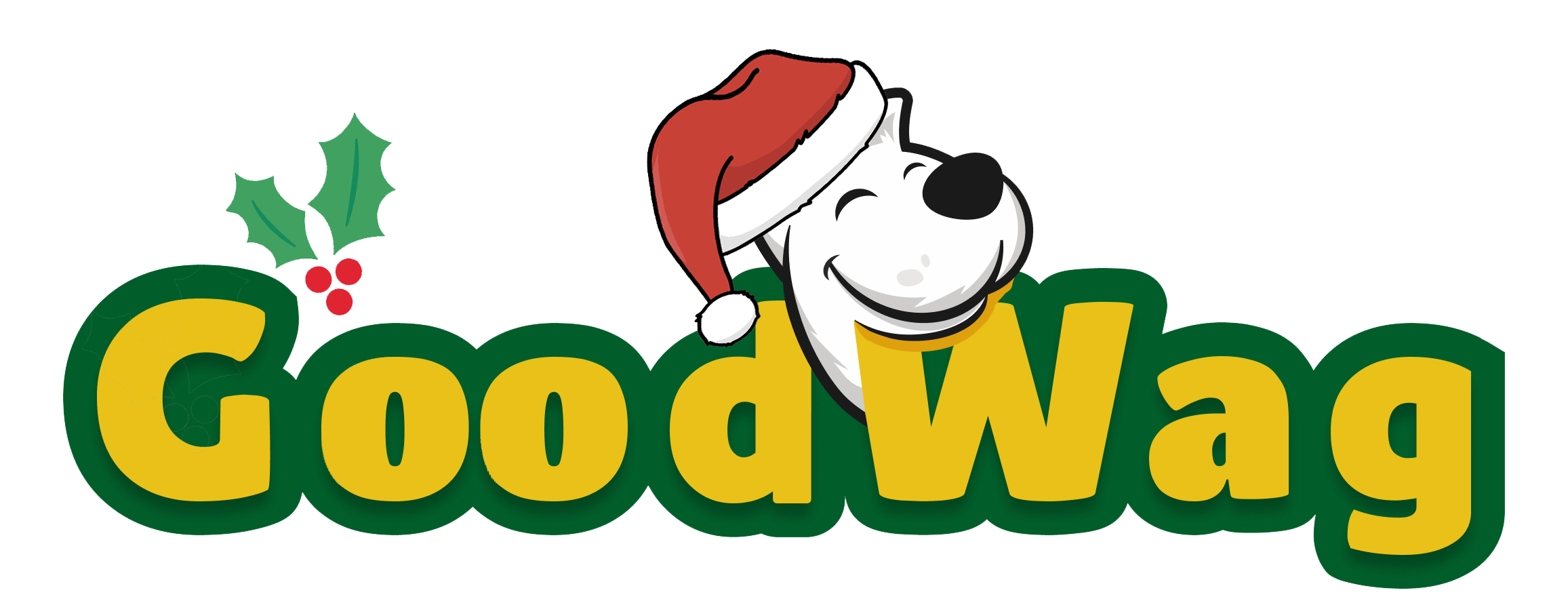
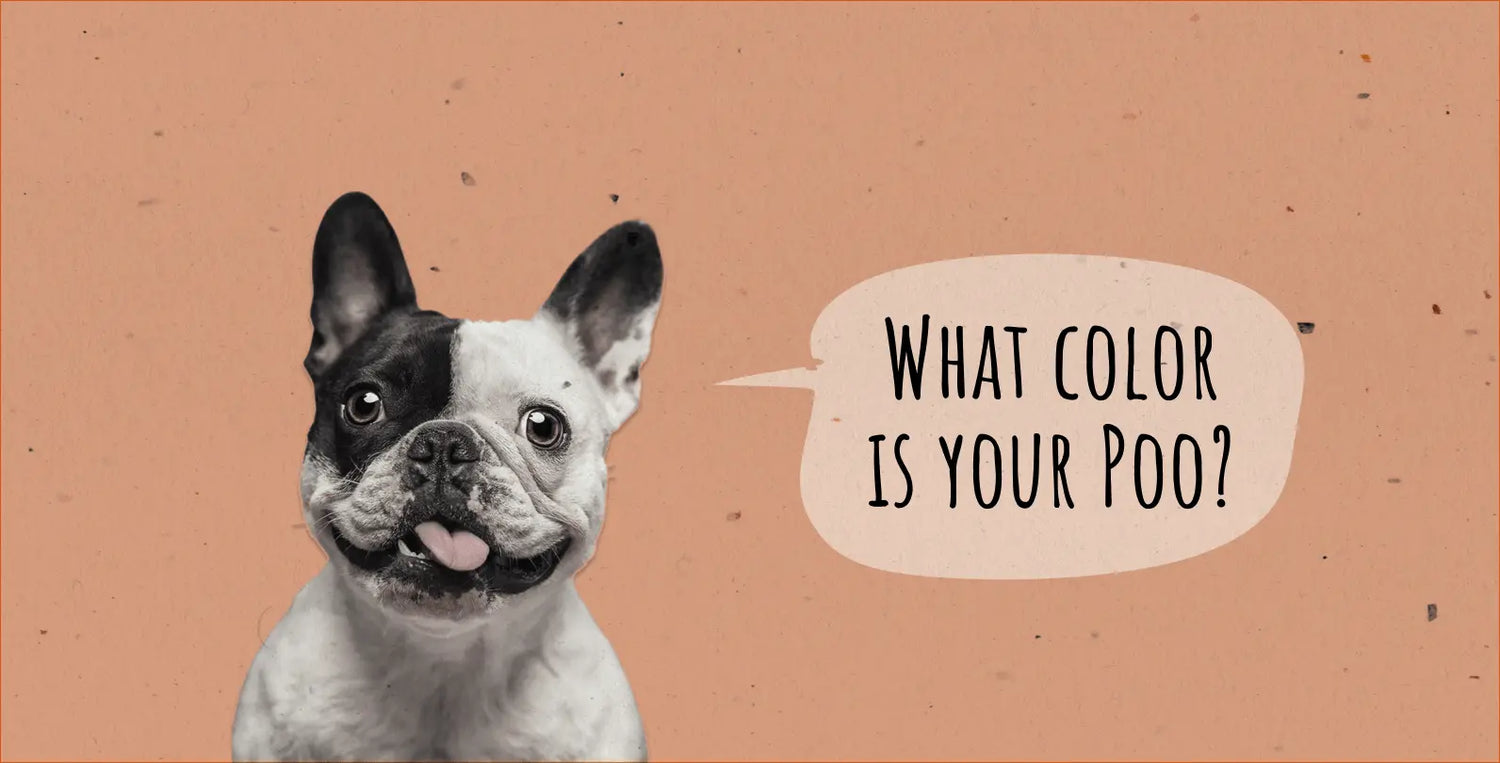


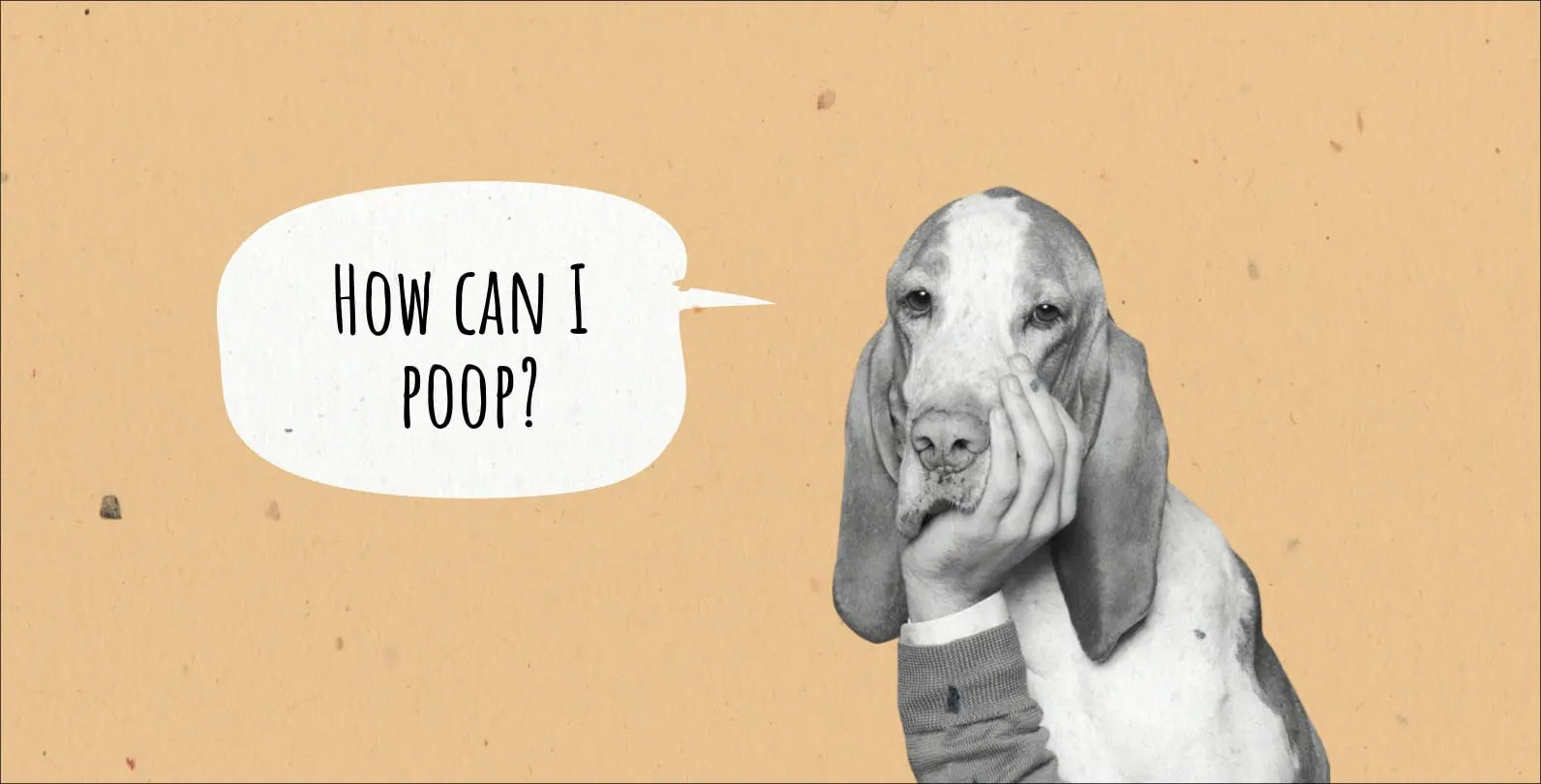

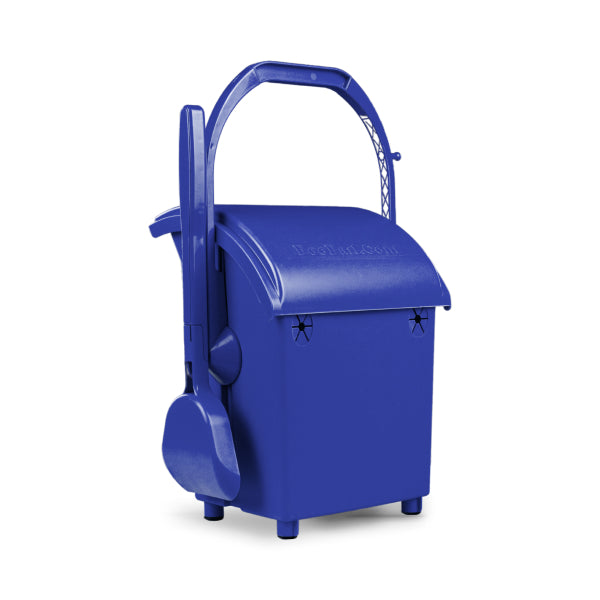
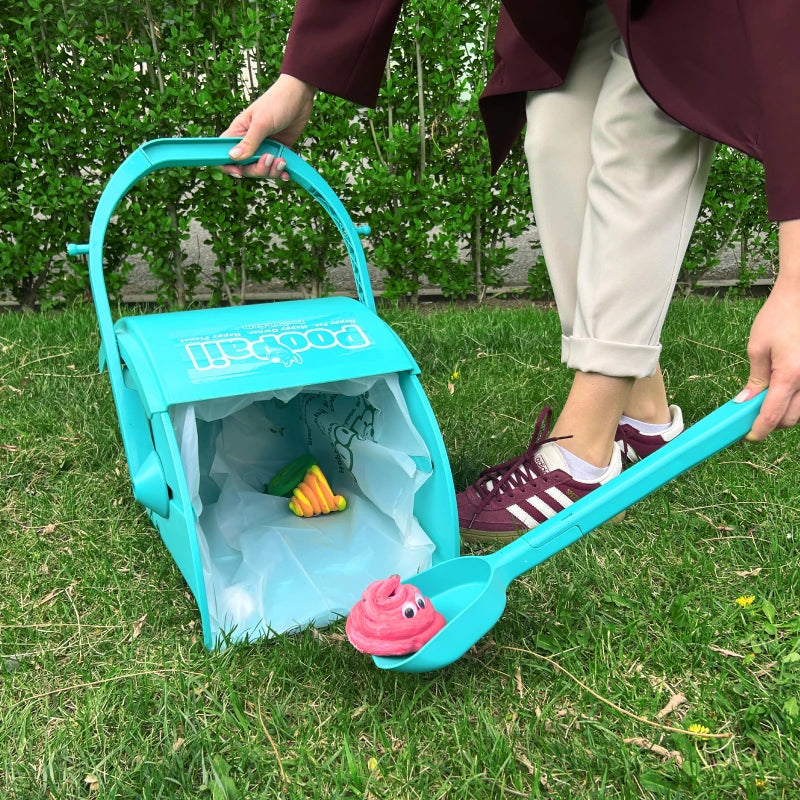
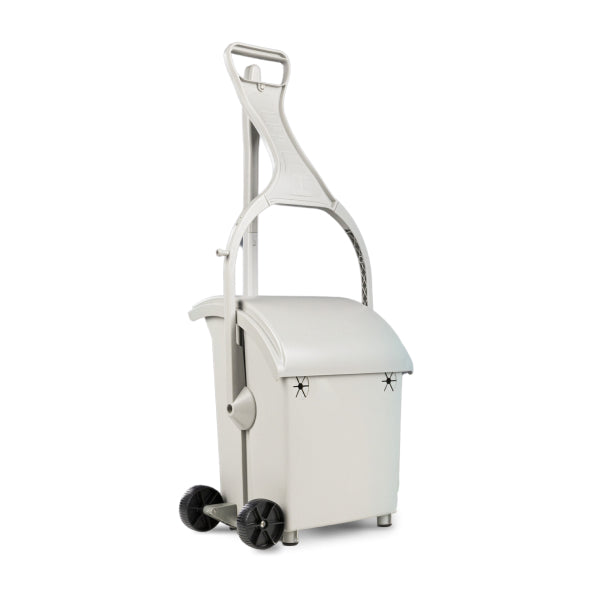
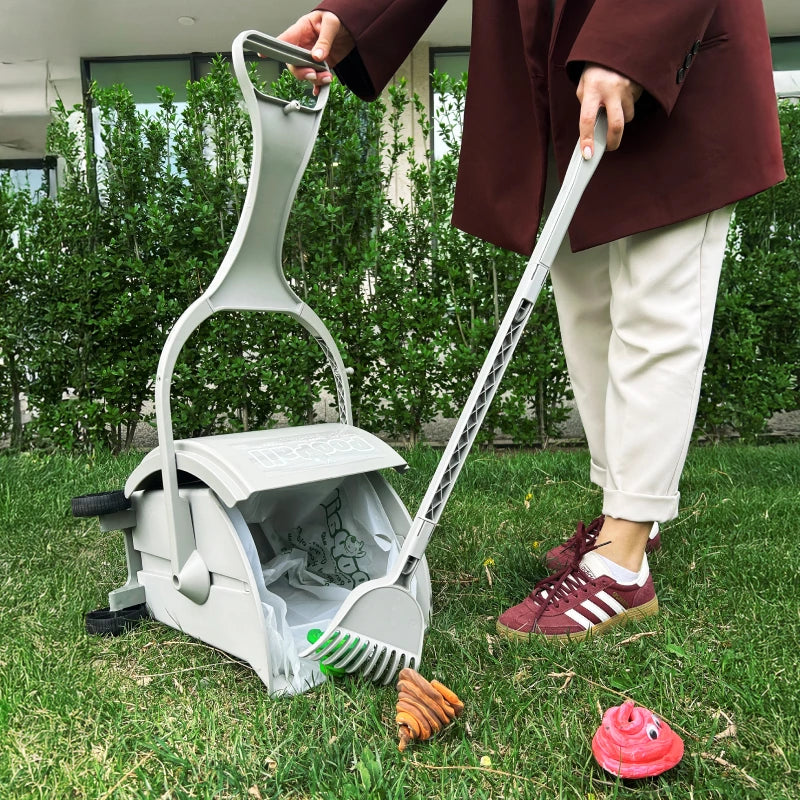
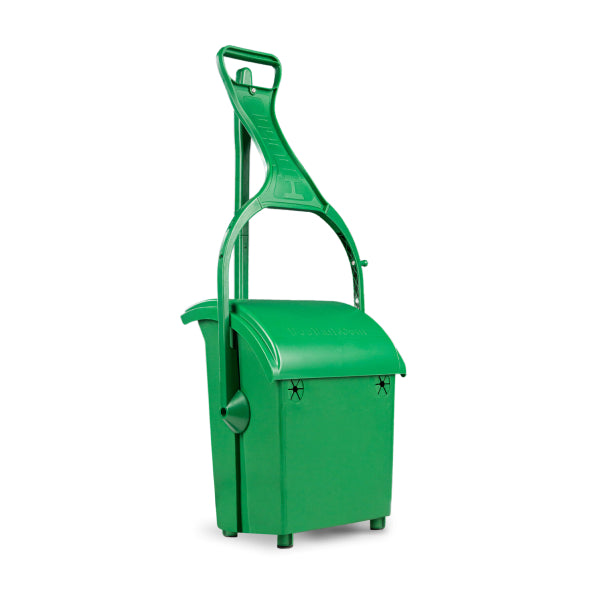

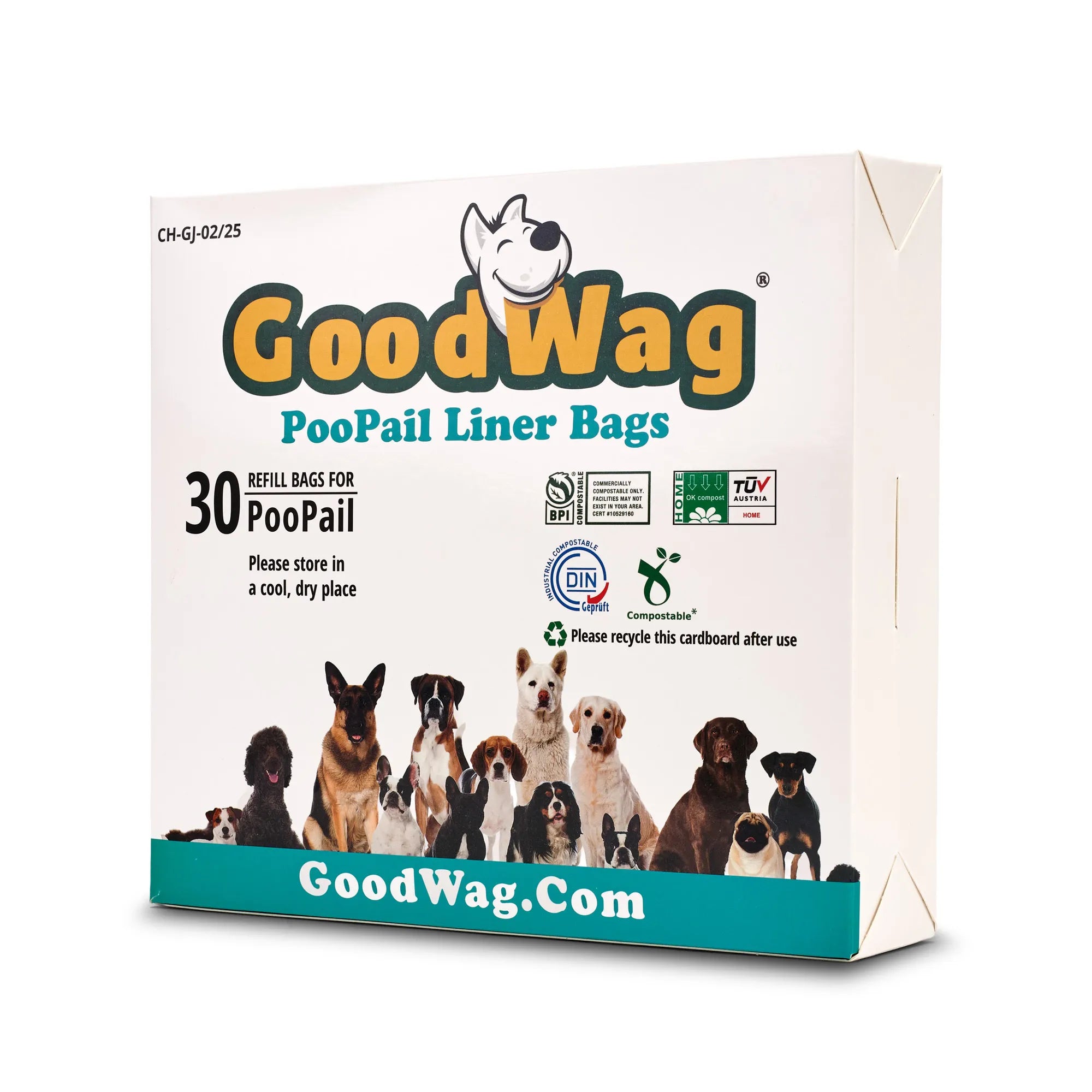
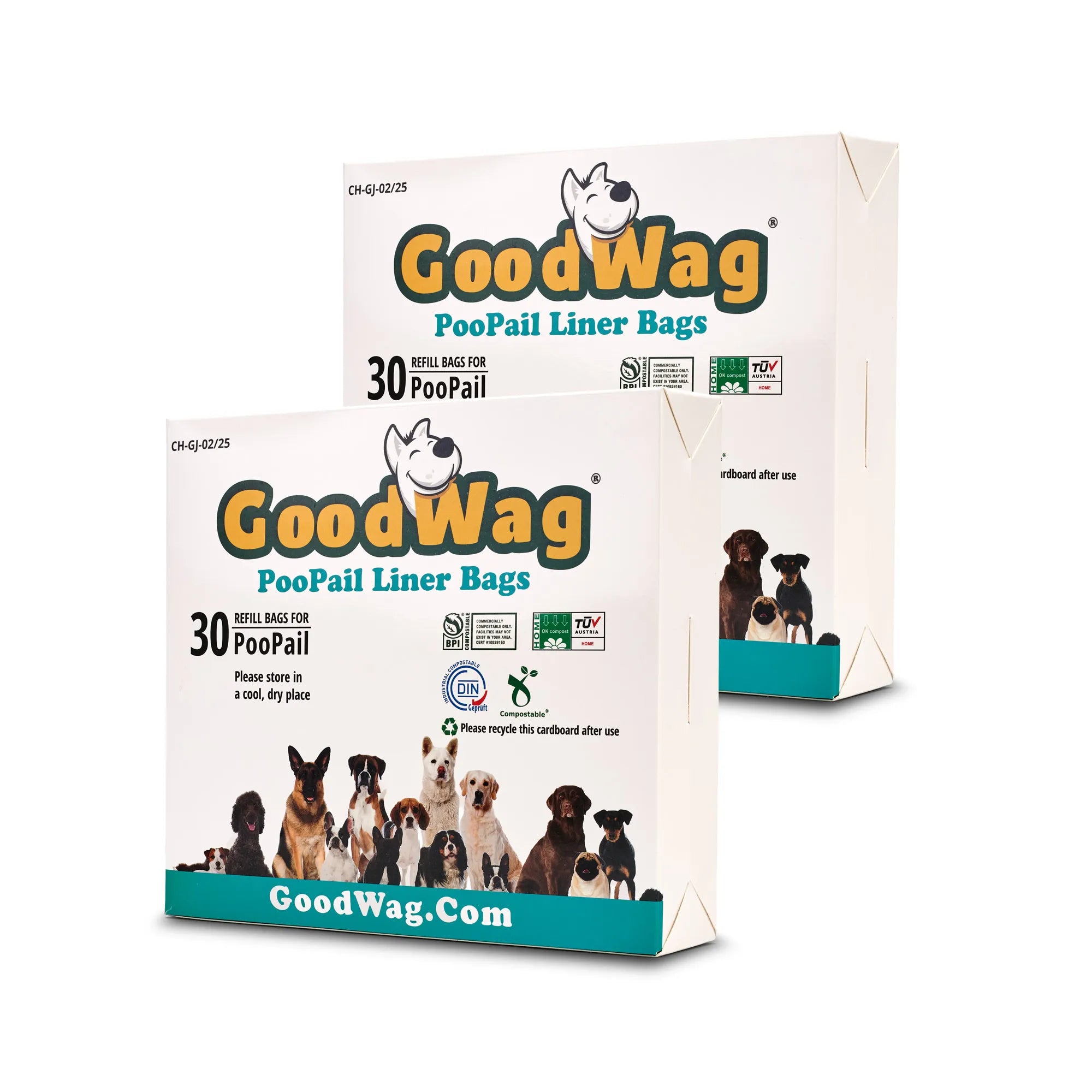
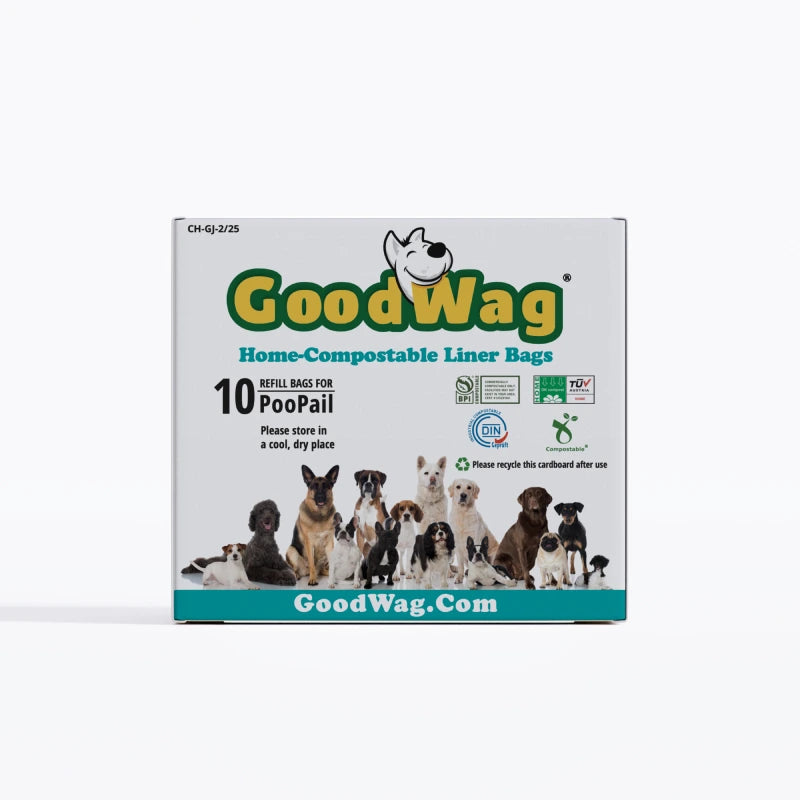
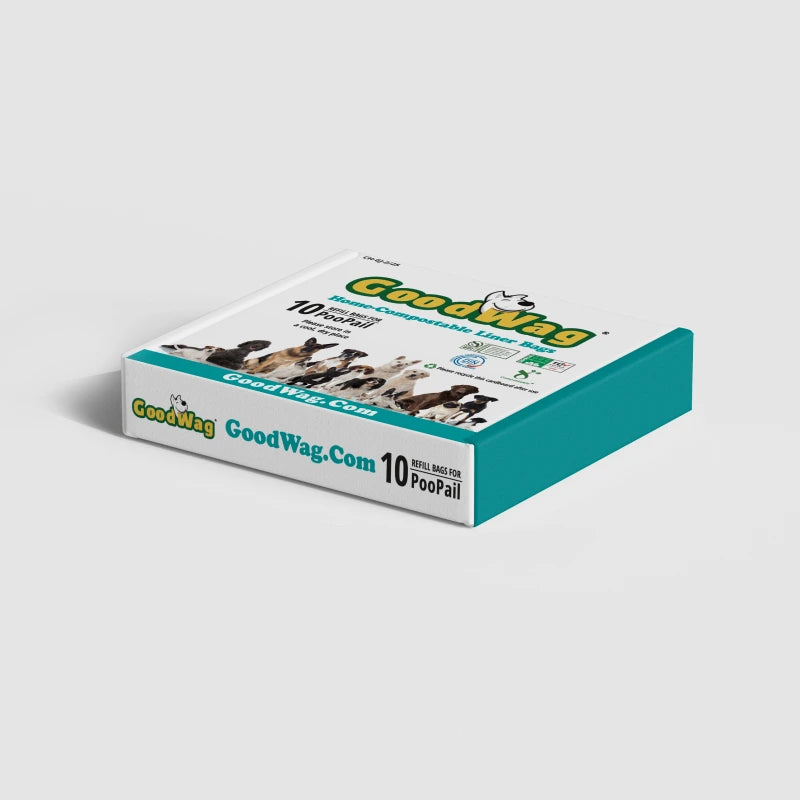
Leave a comment
This site is protected by hCaptcha and the hCaptcha Privacy Policy and Terms of Service apply.